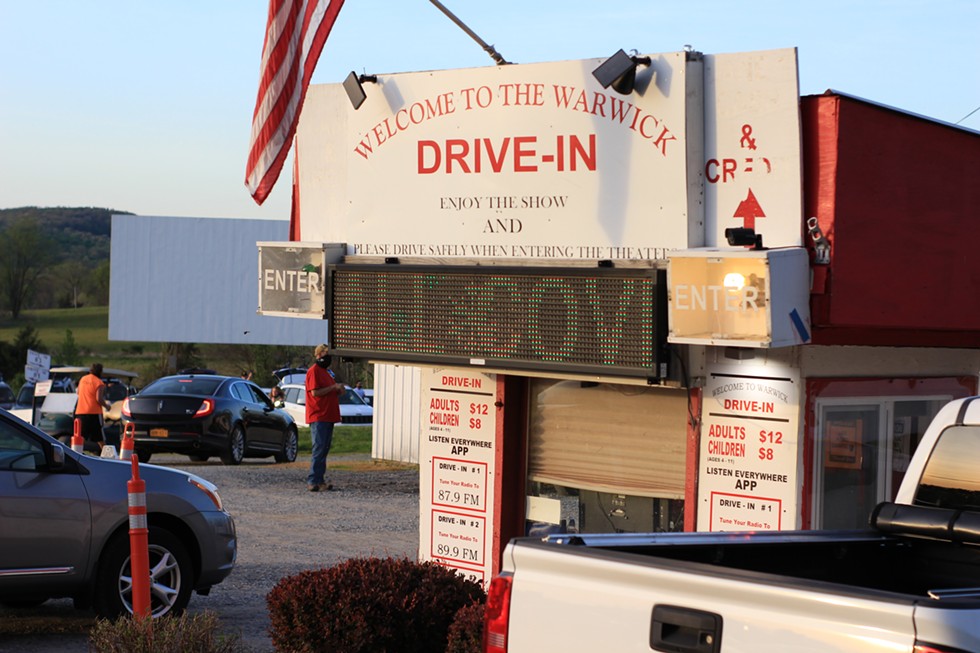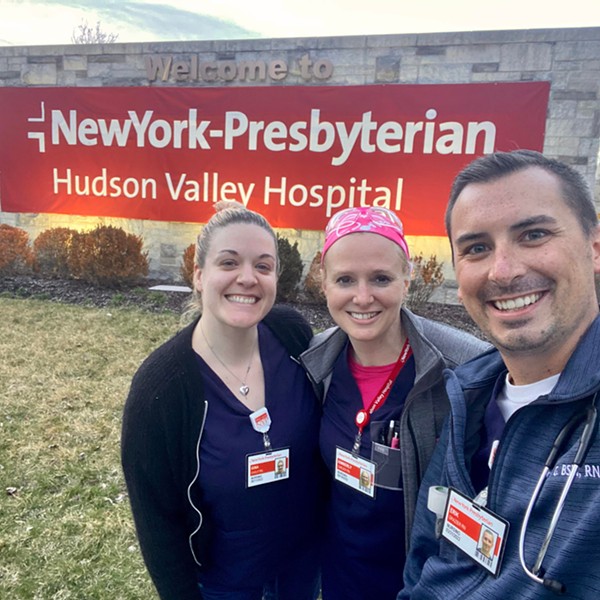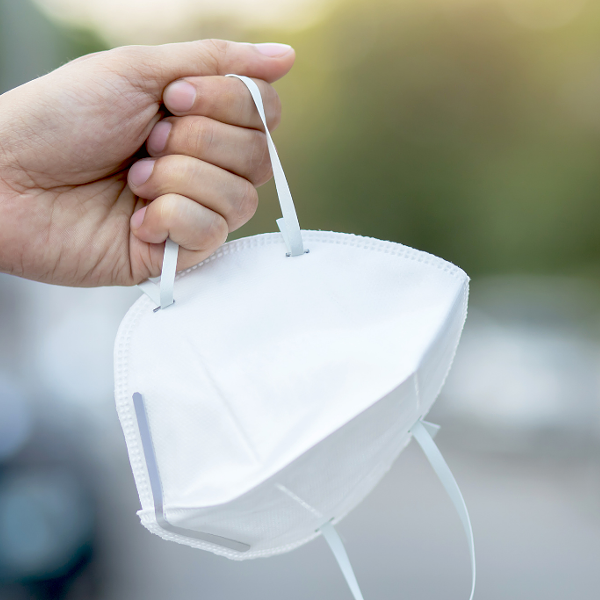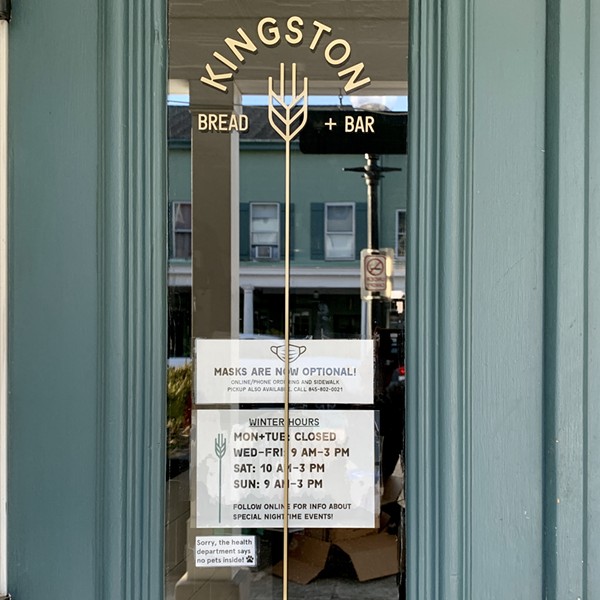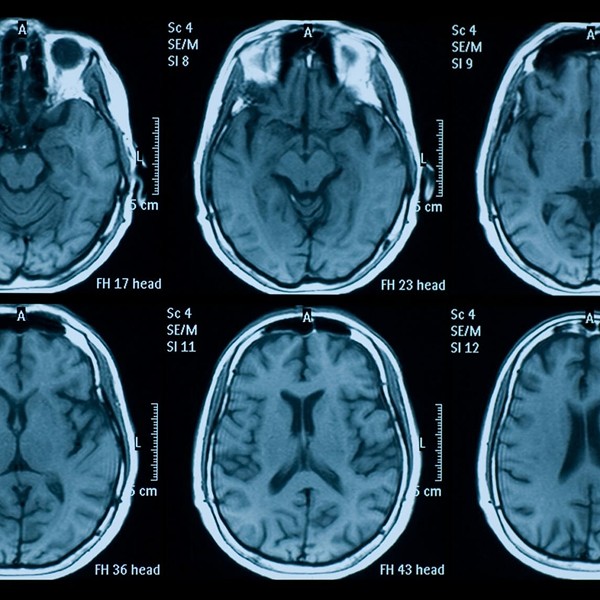On a balmy May afternoon, a black sedan, one of dozens of cars lined up bumper to bumper off the Warwick Turnpike, turns and pulls up to one of the ticket booths at the Warwick Drive-In Theater. Janell Hallick greets the customer before scanning the QR code ticket on his phone. She sends him on his way to find a spot once a confirmation pops up.
While digital tickets have been a staple at big theater chains like AMC and Regal Cinemas for years, the half-a-century old drive-in just jumped on the bandwagon.
“I was so worried about that,” Hallick says. “But it was so smooth.”
And that’s just the small stuff. Family and friend groups remain several feet apart, all parties donning colorful masks. Parents chide kids for touching objects, dispensing ample amounts of hand sanitizer into their palms.
Beth Wilson, the owner of the Warwick Drive-In, is trying to run the venues safely without any specific guidance from up top. “We know that we have to keep everything socially distanced,” she says.
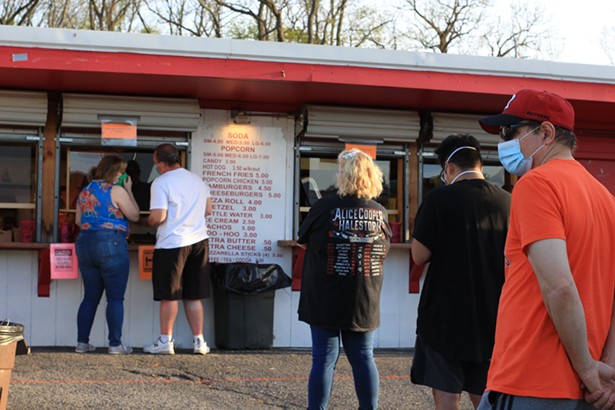
Warwick’s three lots, which usually fit almost 600 cars, now only permit about half that. It’s one of several precautions that drive-in theaters like it have had to make after New York State included them in the kinds of businesses allowed to reopen on May 15.
As major indoor theater chains across the country struggle during the pandemic, the 305 drive-ins left, according to the United Drive-In Theater Owners Association, are gearing up to satisfy demand for outdoor entertainment post-quarantine. Spots that used to play second fiddle to their indoor brethren are outshining them in their absence.
“Now I feel like all of a sudden, just out of the blue, it's like a complete reversal,” Charles Smith, the manager of both the Overlook Drive-In in Poughkeepsie and the Hyde Park Drive-In, says. “My feeling is I think the indoor theaters now are the ones that are going to suffer something.”
It'd be the first time in a while that's happened. Theaters like Warwick, Overlook, and Hyde Park hit their peak in the 50s and 60s, back when there were about 4,000 drive-in theaters operating nationwide, according to Jonathan Kuntz, a film historian at UCLA's School of Film, Theater, and Television. The postwar baby boom that built the suburbs and a rise in private car ownership made drive-ins a go-to option for families looking for an accessible night out, he explains. Current drive-in owners often look back fondly on that bygone era.
“I've always felt that there was a real nostalgia for the drive-in,” says Peter Oddo, owner of the Fair Oaks Drive-In, in Middletown. “You’re getting really good sound. You can sit in your car, and if you wanna talk in your car, you can talk in your car during the movie like you do when you're sitting at home.”
Oddo remembers spending summers as a kid on Long Island perusing the nearby drive-ins in communities such as Westbury, Bayshore, Coram, and Huntington. Those distant summers eventually inspired him to take over Fair Oaks a few years ago.
Even though it’s still standing, Fair Oaks, like most of its contemporaries, has receded over the years. What used to be property capable of accommodating a thousand cars in the 90s has shrunk to half that capacity as demand has waned.
Overall theater attendance started declining nationwide in the 1970s as VHS made home-viewing more convenient. Drive-ins took the biggest hit of all as limited amenities and the need for fair weather cemented their status as novelties rather than first-run attractions. Now the industry finds itself in the unique position as one of the few forms of outdoor entertainment left for Americans. The open-air environment and natural barriers of cars included in the drive-in experience makes it perfectly suited to cater to socially distant moviegoers.
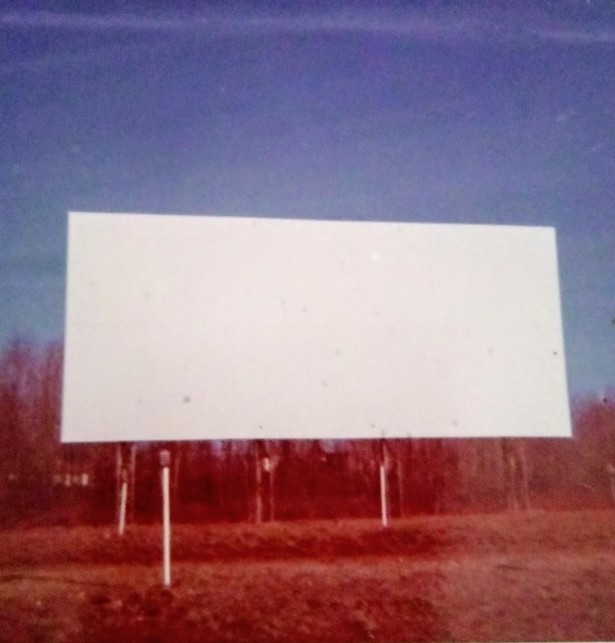
“The overwhelming feeling is we’re happy to get going again and provide a much-needed respite,” says John Vincent, the president of the United Drive-In Theater Owners Association. “We want to be one of the first things to do when you get out of the house.”
All but a handful of states have allowed drive-ins to open up under varying guidelines. In New York, most were scrambling to adhere to what little guidance they received from the state before opening on May 15. (An email to the Governor's Office about drive-in theater regulations went unanswered.)
They’ve all adopted a mix of common-sense safety measures such as reducing max car capacity, requiring customers to wear face coverings, regular cleaning, and caps on bathroom usage. Thanks to the distance between them, drive-ins rarely cut into each other's business, fostering ties that make them colleagues instead of competitors.
“We want to learn from one another,” Vincent says. “To the extent that we can do that, that's an asset. It’s a win for all of us.”
As for their programming, the delays of big-budget blockbusters have forced drive-ins to get creative with what they screen. Wilson's crew at Warwick and Smith at Overlook and Hyde Park plan on playing a mix of releases from earlier this year along with some older classics. Fair Oaks hopes to keep drawing people in with a classic film lineup stretching all the way to July.
Despite the revived public interest, drive-ins only account for about five percent of all theaters nationwide, a share too small to be financially viable for studios looking to release the latest superhero flick or thriller.
“Suffice to say, I'd like to see the indoor operators follow shortly behind so we can get access to the first-run product,” Vincent says. “That's not gonna happen if they're not up and running.”
Vincent has heard from UDITOA members in multiple states that they’re actively exploring hosting alternative events such as concerts and graduations alongside their usual fare. Wilson, Smith, and Oddo all confirm that they've been in talks with concert promoters and high schools all over the tri-state area about potentially holding makeshift “graduation ceremonies.”
A continent away, drive-in concerts have been a hit in Denmark and now Germany has warmed up to the idea of drive-in “raves,” where attendees enthusiastically honk their horns at the DJ. Down south, organizers in Florida are putting the final touches on “Road Rave,” a small scale EDM festival looking to cater to 500 cars in June.
A survey conducted by National CineMedia in March and April reaffirms what many in the industry already knew; almost everyone misses going to the movies and would jump at the chance to return.
Even with such strong demand, nobody expects to turn a huge profit this summer, and they don’t mind. Oddo actually plans to lose out on some money since Fair Oaks charges tickets by the carload instead of individually.
“But I want people to come out,” he says. “I want people to get it. That’s why we’re doing this: I don't want to sit there and charge you full price to see a classic title. I want you to get out of the house and come visit.”
Dalvin Aboagye is a freelance writer who has previously covered the Hudson Valley region for The River Reporter and Chronogram. Follow him on Twitter @dalvinandhobbes.







